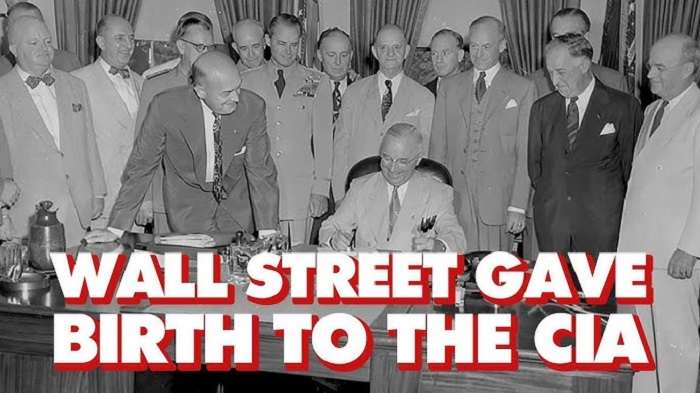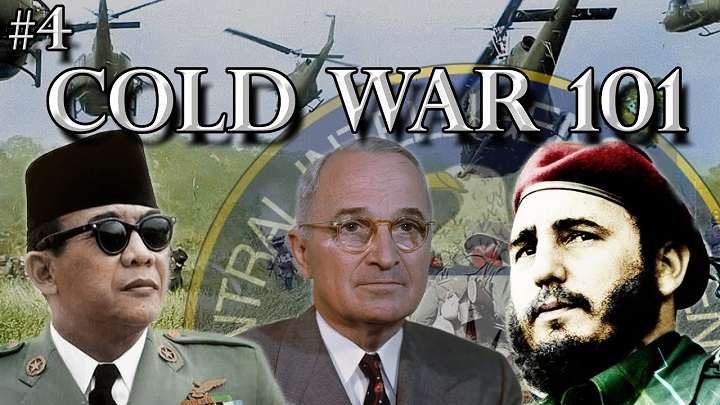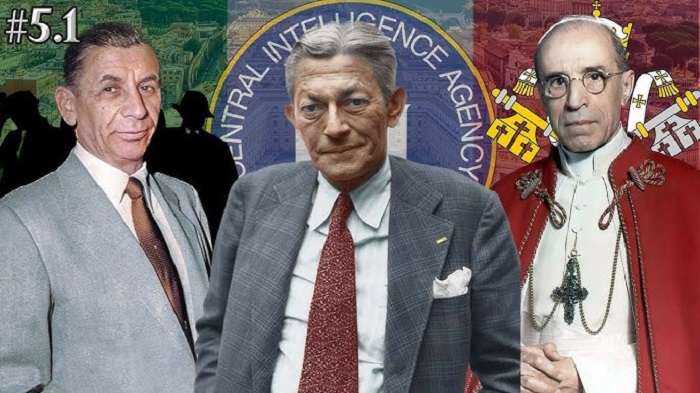What Was the KGB?

The KGB, or the Committee for State Security (Komitet Gosudarstvennoy Bezopasnosti), was the main security and intelligence agency for the Soviet Union from 1954 until its dissolution in 1991. Often compared to the CIA due to its role in espionage and internal security, the KGB was much more than just an intelligence agency. It was a powerful instrument of political control and repression.
Historical Context
Formation and Evolution
The KGB was established in March 1954, succeeding the earlier Soviet intelligence agency, the MGB (Ministry of State Security). Its formation was part of a broader reorganization of Soviet security services under Nikita Khrushchev, aimed at consolidating control and increasing efficiency. The KGB’s creation marked a new era in Soviet intelligence, with a focus on both domestic security and international espionage.
Key Functions and Roles
The KGB’s responsibilities were multifaceted, encompassing a wide range of operations:
- Foreign Intelligence: Like the CIA, the KGB was involved in gathering intelligence on foreign nations, particularly those that posed a threat to Soviet interests. This involved espionage activities, recruitment of spies, and infiltration of foreign governments and organizations.
- Counterintelligence: The KGB worked tirelessly to uncover and neutralize foreign intelligence operations within the Soviet Union. This involved identifying and capturing spies, preventing sabotage, and ensuring that Soviet secrets were protected.
- Internal Security: One of the KGB’s primary roles was to maintain internal security. This included monitoring and suppressing political dissent, enforcing loyalty to the Communist Party, and dealing with perceived threats to Soviet stability.
- Political Repression: The KGB played a crucial role in the suppression of political dissent and the enforcement of Soviet ideology. This often involved surveillance, arrest, and interrogation of those deemed to be a threat to the regime.
Structure and Organization
Leadership and Hierarchy
The KGB was headed by a Chairman, who was a member of the Soviet Politburo. The Chairman was supported by a network of deputies and senior officials, each responsible for different aspects of the agency’s work. The organizational structure was highly hierarchical, with strict lines of authority and control.
Major Departments
The KGB was divided into several key departments, each focusing on different areas of its mandate:
- First Chief Directorate: This department was responsible for foreign intelligence operations and espionage. It was equivalent to the CIA’s Directorate of Operations and played a central role in gathering intelligence abroad.
- Second Chief Directorate: This department handled counterintelligence and internal security. It was tasked with identifying and neutralizing threats from foreign spies and ensuring the security of Soviet state secrets.
- Third Chief Directorate: Responsible for surveillance and monitoring of Soviet citizens, particularly those suspected of dissent or subversive activities.
- Fifth Chief Directorate: This department focused on combating ideologically motivated crimes and was involved in the political repression of individuals and groups considered to be threats to the Soviet regime.
Major Operations and Achievements
Notable Espionage Activities
The KGB was involved in numerous high-profile espionage operations during the Cold War. Some of the most notable include:
- The Cambridge Five: This was a ring of Soviet spies within the British intelligence community, including prominent figures such as Kim Philby and Guy Burgess. Their activities provided the Soviet Union with valuable information about Western intelligence operations.
- Operation Trust: This was a counterintelligence operation aimed at infiltrating and neutralizing anti-Bolshevik organizations in the Soviet Union. It involved the creation of a fake anti-Soviet organization that lured and exposed dissidents.
- The U2 Incident: In 1960, a U2 spy plane piloted by Francis Gary Powers was shot down over Soviet territory. The KGB played a crucial role in the subsequent investigation and the capture of Powers, which had significant diplomatic repercussions.
Political Repression and Control
The KGB was instrumental in maintaining the Soviet regime’s control over its citizens. It used a combination of surveillance, intimidation, and imprisonment to suppress dissent and enforce political conformity. Notable examples include:
- The Dissident Crackdown: The KGB targeted individuals and groups advocating for political reform or expressing dissenting opinions. Many were arrested, imprisoned, or subjected to psychological pressure and forced confessions.
- The Soviet Invasion of Czechoslovakia: During the Prague Spring of 1968, the KGB was involved in supporting the Soviet Union’s intervention in Czechoslovakia to suppress the reformist movement and maintain Soviet dominance in Eastern Europe.
The KGB and the CIA: A Comparative Analysis
Similarities
The KGB and the CIA had several similarities in their roles and functions:
- Intelligence Gathering: Both agencies were tasked with gathering intelligence on their respective adversaries. This included espionage, surveillance, and the recruitment of informants.
- Covert Operations: Both the KGB and the CIA were involved in covert operations aimed at influencing foreign governments, supporting friendly regimes, and undermining adversaries.
- Counterintelligence: Each agency worked to protect its own secrets and neutralize the espionage activities of the other side.
Differences
Despite these similarities, there were significant differences between the KGB and the CIA:
- Scope and Mandate: While the CIA focused primarily on foreign intelligence and covert operations, the KGB had a broader mandate that included internal security and political repression.
- Operational Methods: The CIA often operated with a degree of secrecy and deniability, while the KGB’s operations were more overt and publicly known due to its role in internal security.
- Political Control: The KGB was deeply integrated into the Soviet political system, playing a direct role in maintaining the Communist regime’s control. The CIA, while influential, operated within a more democratic framework with checks and balances.
The Legacy of the KGB
Dissolution and Successors
The KGB was officially dissolved in 1991 following the collapse of the Soviet Union. Its functions were divided among several new agencies, including the Federal Security Service (FSB) and the Foreign Intelligence Service (SVR). These agencies continue to play significant roles in Russia’s intelligence and security operations.
Impact on Modern Intelligence
The legacy of the KGB is still felt in modern intelligence and security practices. The agency’s methods and operations have influenced intelligence agencies around the world, including the contemporary Russian security services. The KGB’s emphasis on internal control, political repression, and extensive surveillance has left a lasting impact on how intelligence agencies operate in authoritarian regimes.
Related Post:
I Like the Way You Kiss Me, Artemas”: Exploring the Magic Behind the Words
A Massive Snowstorm is Expected to Hit Colorado on Wednesday: What to Expect
The KGB was a formidable and multifaceted organization that played a central role in the Cold War. Its complex structure, extensive operations, and significant impact on both Soviet internal affairs and international espionage make it a key counterpart to the CIA. Understanding the KGB’s history and operations provides valuable insight into the dynamics of Cold War intelligence and the broader geopolitical struggles of the 20th century. As we look back on this intriguing period, the legacy of the KGB continues to shape our understanding of intelligence, security, and political control.



